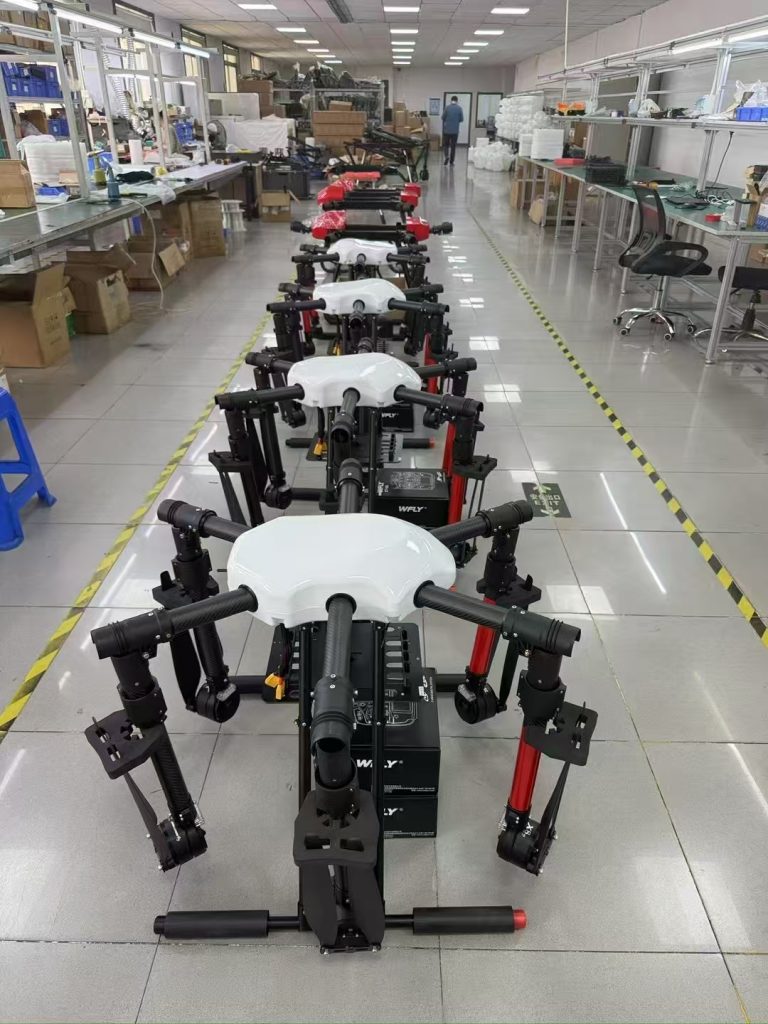
Wings Over the Med: How Chinese Agri-Drones Are Nurturing Malta’s Timeless Farming Soul
Malta, a sun-baked archipelago of limestone cliffs and turquoise bays, is a land where agriculture weaves through history like threads in a ghonnella (traditional lace shawl). Here, family-run farms—most no larger than 5 hectares—tend to olive groves that have shaded villages for centuries, vineyards that yield fragrant Maltese wine, and fields of qagħaq tal-ħobż (sesame seed bread rings) that scent the air at morning markets. Yet beneath this postcard charm, challenges fester. An aging farmer base (over 60% are over 65), a shrinking workforce as young Maltese chase jobs in Valletta or London, and a climate growing hotter and drier—threatening the survival of these intimate, heritage-rich operations. It’s here, amid the clatter of donkey carts and the hum of bees, that an unassuming tool is taking flight: agricultural drones imported from China, now gliding over Maltese fields to prove that even the smallest, most tradition-bound islands can thrive with the right innovations.
Malta’s Farms: Small Plots, Big Struggles
Maltese agriculture is a study in resilience. In the north, near Mgarr, farmers grow ġellewża (Maltese plums) and tuffieħa (prickly pears) on terraced slopes; in the south, Zejtun’s olive groves produce oil so rich it’s exported to Italy. Yet for all its character, farming here is a daily act of balance.
“My family has farmed this 3-hectare olive grove in Birżebbuġa since 1920,” says Salvatore, a 68-year-old farmer. “Today, it’s just me and my granddaughter, Marija. Hand-spraying fungicides on 2 hectares takes two days—by then, the black spot fungus has already spread. And last summer’s heatwave? It baked half my olives. Young folks? They’re off to universities in Malta or abroad. Who will tend these trees if we can’t make farming sustainable?”
Climate change has sharpened these strains. Summers now bring 40°C heatwaves that dry soil, while winter rains are erratic—too little to quench thirsty roots, too much to flood stone-walled fields. EU sustainability rules demand sharper cuts in pesticide use—down 35% by 2030—while consumers increasingly seek “eco-friendly” produce. “We’re being asked to produce more with less,” adds Clara, who runs a small vegetable farm in Marsaxlokk. “But how? My hands are full just keeping track of 10 types of greens. A blight can wipe out a crop before I even notice.”
Drones Crafted for Malta’s Sun and Stone
When we first explored exporting to Malta, we didn’t just send drones built for larger, flatter islands. We studied the archipelago: its rocky terrain, narrow triq (streets), and the quiet pride of its farmers in doing things “the Maltese way.” What emerged was a machine built not just for Malta’s climate, but for its culture of kunsill (community) and reverence for the land.
Compact and coastal-ready: Weighing just 9 kilograms, our drones fold into water-resistant cases, easy to carry up Birżebbuġa’s sun-baked hills or through Marsaxlokk’s cobblestone lanes. Their corrosion-resistant frames withstand salt spray from the Mediterranean and dust kicked up by summer winds—critical in a place where farms hug the coast. “In the past, my old sprayer rusted in months,” Salvatore laughs. “This drone? It’s still flying strong after two seasons of sea breezes and scorching sun.”
Precision for micro-plots: Multispectral sensors map crop health at the leaf level, flagging early signs of drought or pest damage. For Clara’s vegetable farm, this meant spotting aphid colonies before they devoured her lollo rosso lettuce—saving 30% of her crop last spring. “The drone shows me exactly where the trouble is,” she explains. “I treat just those plants. No more blanketing the whole field with chemicals. My customers notice—their greens taste cleaner, and they’re willing to pay more.”
Simple enough for your nonna, smart enough for your nipote: Many Maltese farmers are tech-curious but value tradition. We designed a Maltese-English bilingual app with one-touch “health scan” modes and paired it with workshops led by local agronomists in village halls, over pastizzi (flaky pastries) and Kinnie (orange soda). “I was scared of drones at first,” admits 20-year-old Marija, Salvatore’s granddaughter, now a farm assistant. “But after the training? I flew one myself. It’s like using a high-end camera—intuitive, and it makes me feel like I’m carrying on our legacy with the future. Now I’m teaching my nonno how to read the maps. It’s bringing us closer.”
More Than Machines: Trust in the Heart of the Med
In Malta, trust is earned over Kinnie and pastizzi and tales of the Great Siege. We didn’t just drop off drones; we set up a service hub in Valletta and partnered with the Maltese Farmers’ Association to host “drone field days,” where farmers shared tips and celebrated small wins. “Maltese farmers are proud,” says Joseph, the association’s rep. “They need to see results, not brochures. But once they do? They become our fiercest advocates.”
That trust deepened when we adapted to their reality. During last year’s record drought, we rushed portable water tanks for drones to spray livestock with electrolytes—no extra charge. When Salvatore struggled to map steep, terraced olive groves, our engineers adjusted the drone’s flight path algorithm to hug contours, avoiding crashes into stone walls. “You didn’t just sell us a tool,” Clara says. “You stayed when the sky was sun-bleached. That’s ġenerazzjoni (generosity).”
Today, drones are quietly transforming Maltese farming:
-
Olive Groves (Birżebbuġa): Salvatore now monitors his crop weekly, cutting chemical use by 40% and reducing runoff into nearby bays. “My olives taste the same, but my conscience is lighter. Marija’s even started a social media page showing how we farm with drones—young people are curious.”
-
Vegetable Farms (Marsaxlokk): Clara uses drones to track pest outbreaks, treating small infestations before they spread. “Last year, I saved 30% of my lettuce. The drone is my new scout—faster and kinder to the land.”
-
Wine Vineyards (Zejtun): Farmer Carmelo uses drones to map vineyard health, optimizing irrigation. “Better grapes mean better wine. My Maltese red now wins awards at the Valletta Food Festival—and tourists love hearing about our ‘drone-tended’ vines.”
A Partnership Rooted in Respect
What began as a business venture has become a collaboration. Maltese farmers teach us about their land: how drones handle the islands’ strong majjistral winds, which crops (like ġellewża plums) need gentler spray settings, even which Maltese phrases make training stick (“Le, dron!”—“Fly, drone!”—is now our workshop cheer). In return, we’re refining our drones: larger tanks for Birżebbuġa’s bigger olive groves, quieter motors to avoid spooking donkeys, even solar panels to extend flight time in long summer days.
As Malta aims to boost organic farming by 25% by 2030, drones offer more than efficiency—they offer hope. They let young farmers like Marija see a future where technology and tradition coexist. They let elders like Salvatore pass down their love of the land without burning out. And they let this sunlit archipelago prove that even in a world of mega-farms, small plots can thrive with the right tools.
So when you next see a drone gliding over Maltese olive groves or vegetable fields, know this: it’s not just flying. It’s carrying the dreams of a community, the lessons of a factory halfway across the world, and the quiet belief that the most cherished traditions deserve the kindest, toughest innovations.
After all, in a place where the soil is rich with history, progress should feel like coming home—warmer, wiser, and ready to grow.
THE END

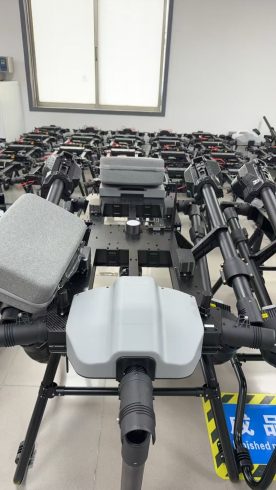
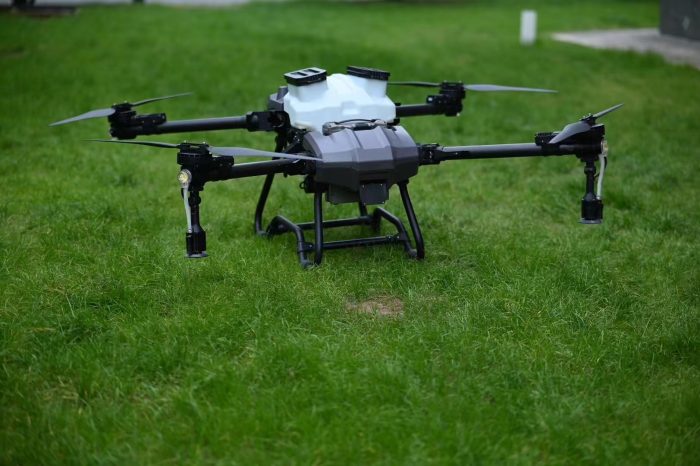
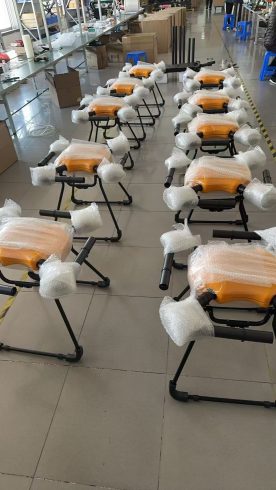
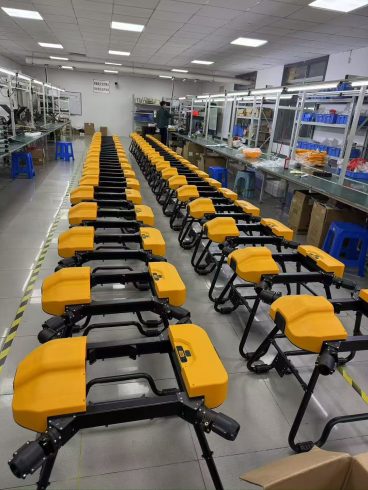


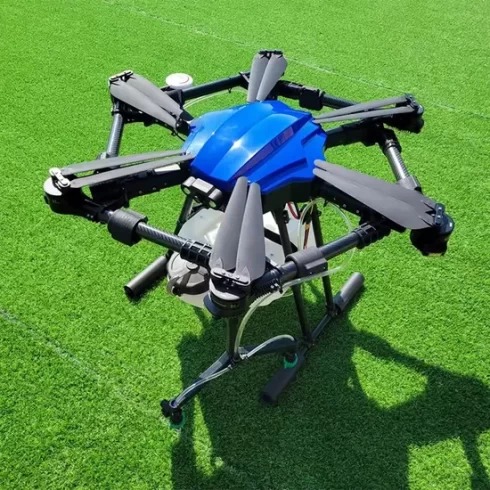


暂无评论内容